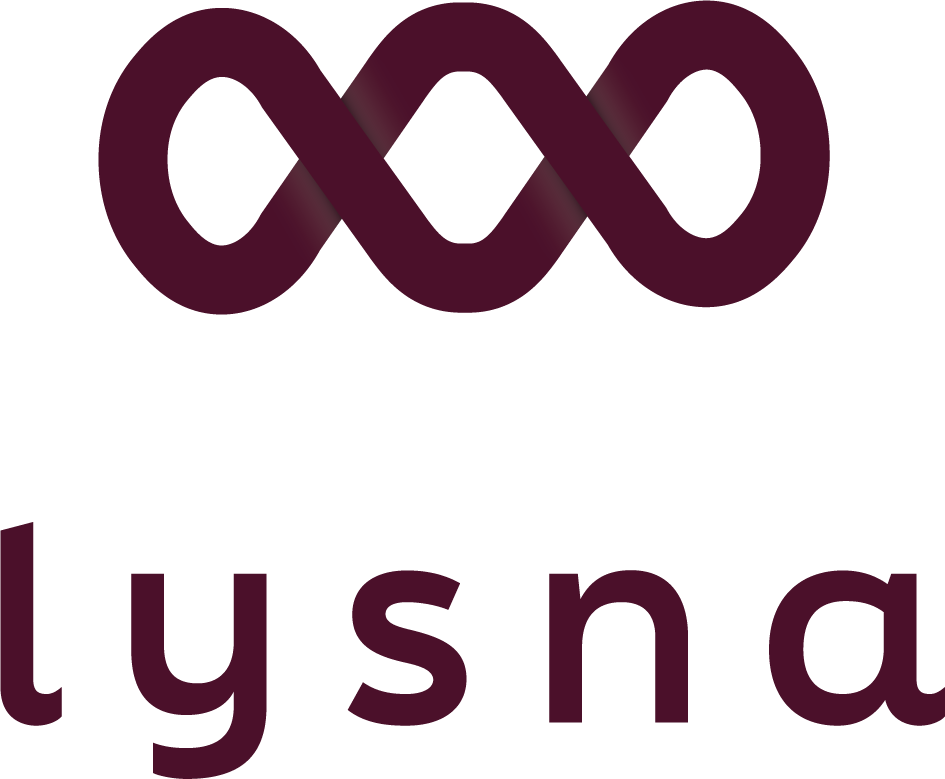—
1
Challenges
To review last years’ lessons learned and incorporate them in our sales process required trust and dedication to the task from the sales leaders, to share the wins and losses openly.
A presentation on the entire sales process is quite boring for the whole team, so the sales leaders worked through the process in smaller groups using their customer cases to create understanding of the different steps.
Brainstorming the valuable roles needed in the sales process gave the team extra time to think through the steps at a deeper level.
The team produced so many different roles that they were amazed by the different skillsets needed per step. This made it challenging to make choices for the most relevant roles.
Empty space, drag to resize
2
Process
All working sessions were online using specific brainstorm apps
.
- We used this working session with the sales leaders to reflect on the highs and lows of their customer cases and agreed where the Sales Process needed updating.
- Working session with the whole team. The sales team went through the calibrated sales process, got a better understanding of the different steps, and shared lessons learned.
- The team investigated the relevant roles for making the customer commitments in the journey happen.
- The individuals defined their team role preferences as a basis for using the right resources at the right time in the sales process.
The Sales leaders explored ways to coach individuals on their role’s reflection and preferences for development purposes
Empty space, drag to resize
3
Impact
This process and excellence framework aligns the Sales leaders and helps them to educate and guide their teams more comfortably.
Brainstorming and choosing the most relevant roles. This helped to get the right people in the right roles in the team and with the customer.
When two team members meet a customer in a specific sales phase, the preparation of the ‘who does what when’ is more precise and in line with everybody’s strengths, leading to better customer meeting outcomes.



